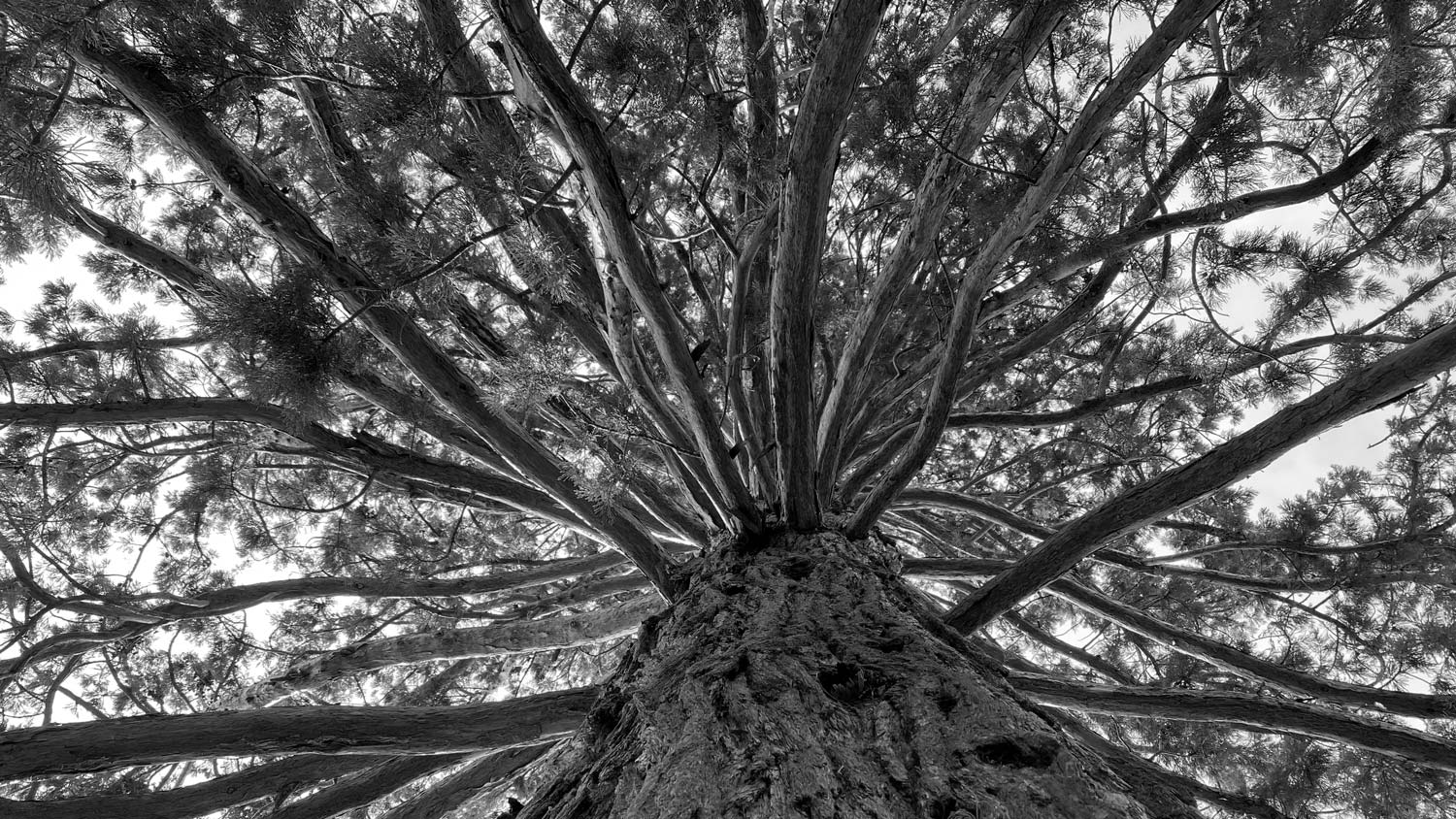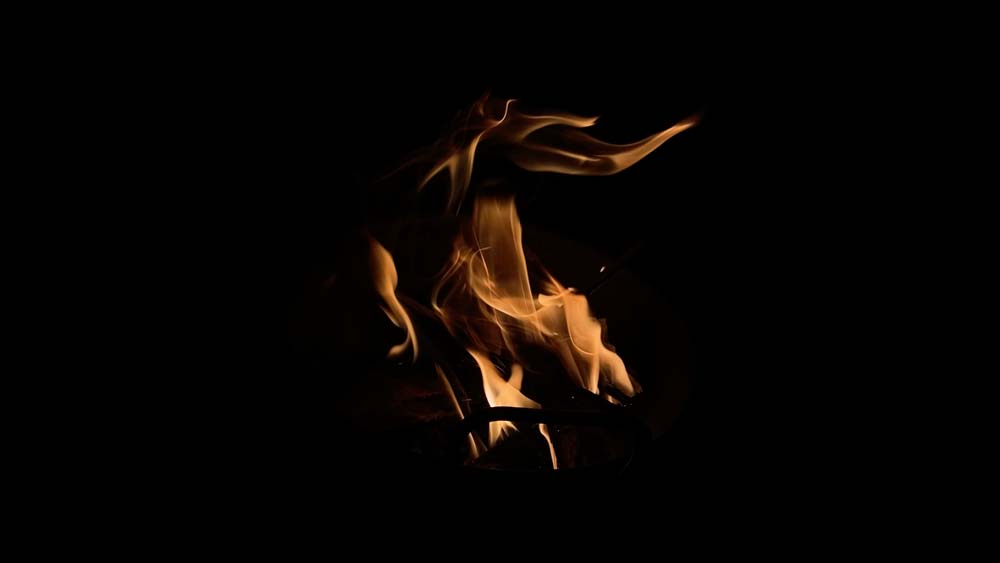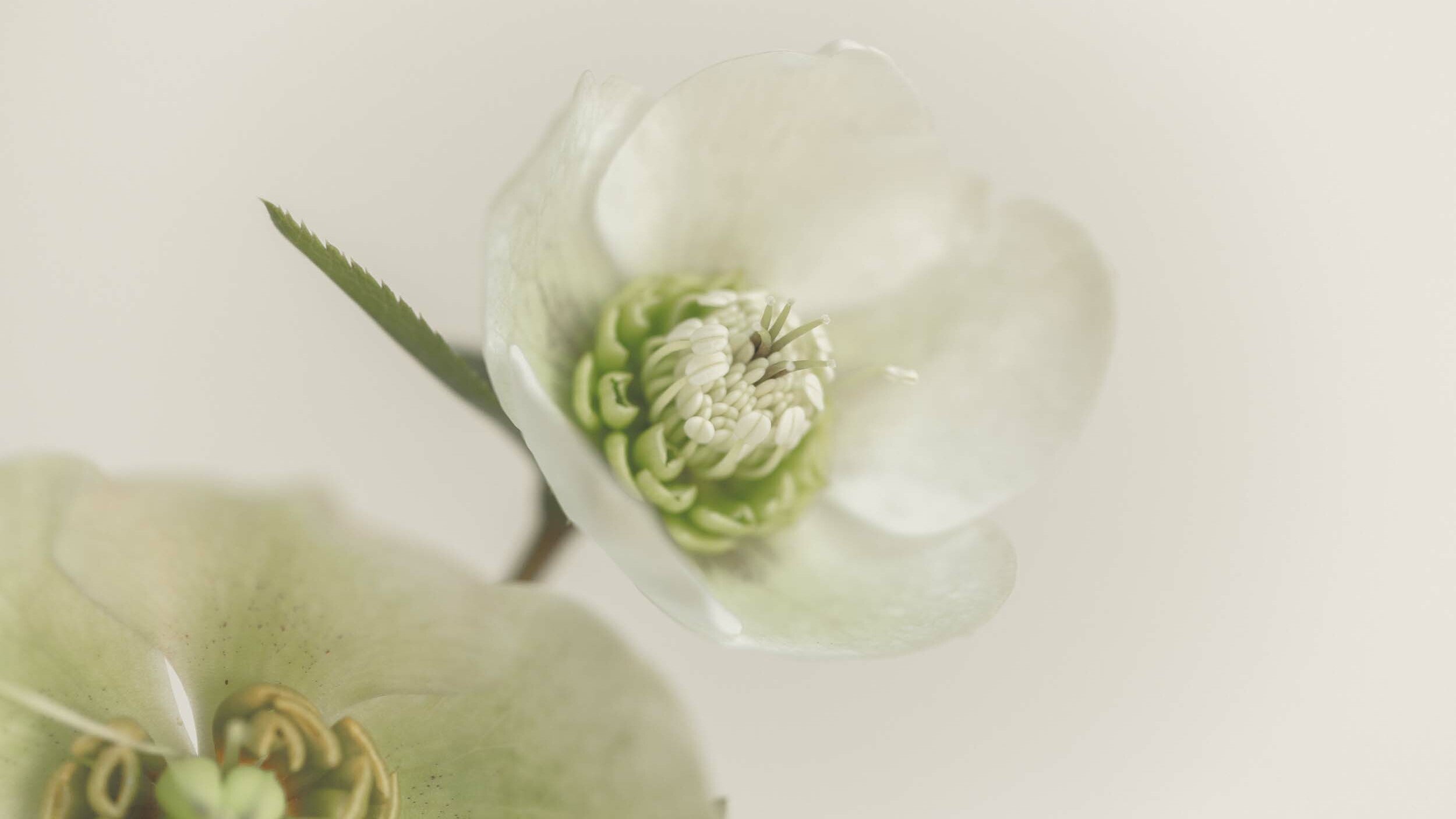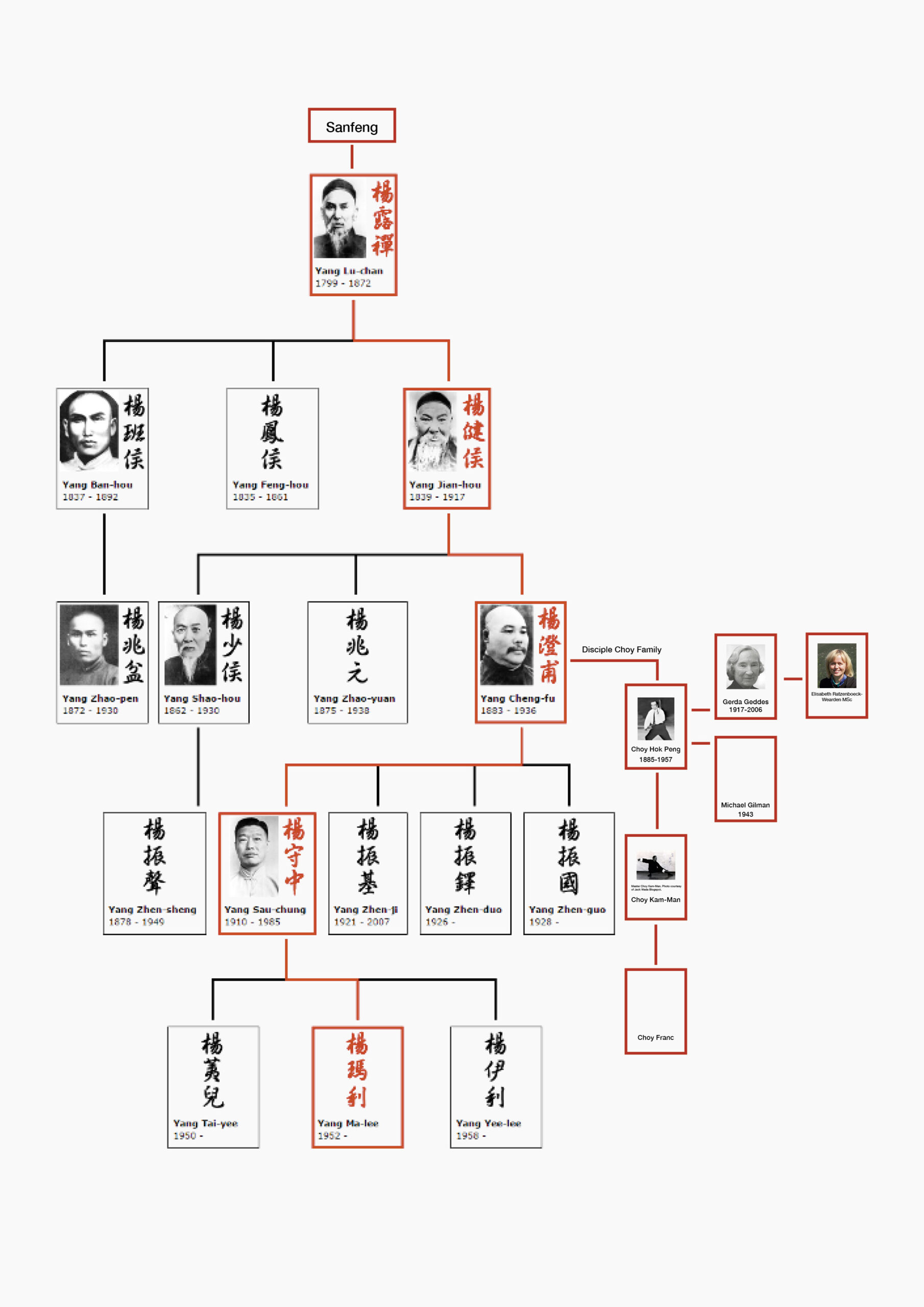Tai Ji (also spelt Tai Chi Chuan) is an ancient Chinese art of movement that can best be described as meditation through movement. Together with Qi Gong, Tai Ji forms one of the five therapeutic pillars of Traditional Chinese Medicine (TCM).
Tai Ji Basics
Tai Ji Basics
Tai Ji (also spelt Tai Chi Chuan) is an ancient Chinese art of movement that can best be described as meditation through movement. Together with Qi Gong, Tai Ji forms one of the five therapeutic pillars of Traditional Chinese Medicine (TCM).

Tai Ji - life energyin motion
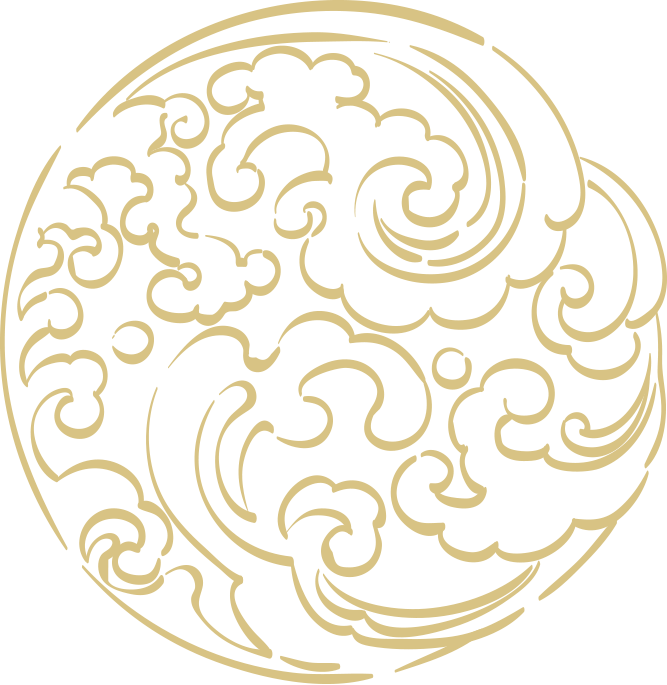

Tai Ji - life energyin motion

Tai Ji Basics
According to legend, Tai Ji goes back to Fu Hsi, a mystical ruler of the Hsia Dynasty (2205-1766 B.C.). In philosophical terms, Tai Ji is based on the insights and wisdom of Taoism.
Tai Ji is also the teaching of “Yin and Yang”. Chuan can also be interpreted as “the fist” or “the way”, “the form”, “power”, “self-control” and “concentration”.
Originally, Tai Ji was used as a martial art for self-defence. For a long time, however, the arts of Tai Ji and Qi Gong were kept secret. The various styles and forms that came to the public and to the West were later named after the original families.
The choreography of the most common Tai Ji forms of the Yang style moves through the four points of the compass as well as through the centre. Each direction is assigned to an element, namely fire, water, wood, metal and earth.
What is Yang Style
Those who study Tai Ji will quickly realise that there are several Tai Ji styles. The monk San-Feng, who lived and practised in the Wudang mountains of China, is considered the founder of all styles. From there it was adopted by various families, each of whom developed Tai Ji further.
In essence, then, the styles are named after the families from which they originate. (taichivideos.org)
The main style today seems to be the Yang style, named after the Yeung (Yang) family from Hobei province in China. Over 200 years ago, an extraordinary man named Yang Lu-Chan learned this martial art and is considered the grandmaster of the Yang style.
Worthy successors were his sons and grandsons including Yang Chien-Hou, Yang Cheng-Fu (whose master pupil was Choy Hok-Peng) and his eldest son Grandmaster Yang Shou-Chung (died 1985). Grandmaster Yang Shou-Chung was the leading exponent of the family art during his lifetime and taught in Hong Kong for almost 50 years. He left behind three daughters, the second of whom, Yeung (Yang) Ma Lee, is now the head of the family and has maintained the secrets of the family for 30 years. In addition to the family lineage, three other masters or family followers, so-called “Disciples”, are known. The first disciple, Grandmaster Ip Tai-Tak, lived in Hong Kong until his death in 2004. Grandmaster Gin Soon Chu, second disciple, founded the American Gin Soon Tai Chi Club in 1968 and now lives in Boston, USA. The 3rd master disciple, Chu King-Hung, now lives back in China after years of living in London.
The family lineage of the Yang style is continued in Europe by three selected students. John Conroy, Joe Balthazar and Jim Uglow were authorised by Ma Lee.
Another important “disciple”, though not part of the Yang family, was Choy Hok Peng. My master Gerda Geddes learned from him as well as from his son Choy Kam Man.

